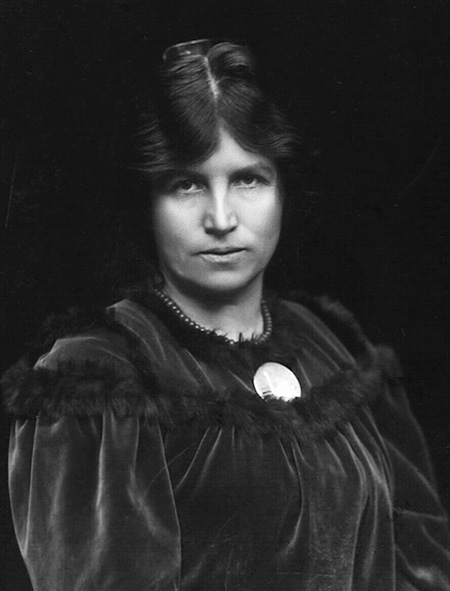Legend and Symbolism
|
“Otherwise, alas, I have a strong feeling that it is intended that I should be suffocated slowly in the indifference with which, year after year, people fail to use my abilities in major public tasks (...) What has come to light so far is flowers that have grown in the shade, oh, how beautiful they could grow in the full sunshine! Round, red roses!” Agnes Slott-Møller (1862–1937) was a key figure in Danish Symbolism. She was preoccupied with Danish history, the world of legends and folk songs, and this largely constituted her motif universe. With knights and maidens as noble role models, she sought to create art which would express patriotism, national pride and historical awareness, and which could act as a moral mirror for that time. She drew inspiration for her symbolic and monumental imagery from early Italian art, medieval art, the British Arts and Crafts movement and the Pre-Raphaelites. As a young girl, Agnes Slott-Møller attended a small private school run by C.W. Eckersberg’s daughters, Julie and Emilie. She took an early interest in art and visited many exhibitions. She studied art at Tegne- og Kunstindustriskolen for Kvinder (Draftsmanship and Industrial Design School for Women) from 1878–1885, and then received tuition from P.S. Krøyer until 1886, followed by the artist Harald Slott-Møller. She married Harald Slott-Møller in 1888, and they went on a combined honeymoon and study trip to Italy and Paris from 1888–1889. In her day, Agnes Slott-Møller played a prominent role on the Danish art scene, both as a painter and a debater. Together with her husband, she was one of the central people behind the founding of Den Frie Udstilling (the Free Exhibition), which was established in 1891 as a protest against the censorship of the established Charlottenborg exhibitions. |
|
|
